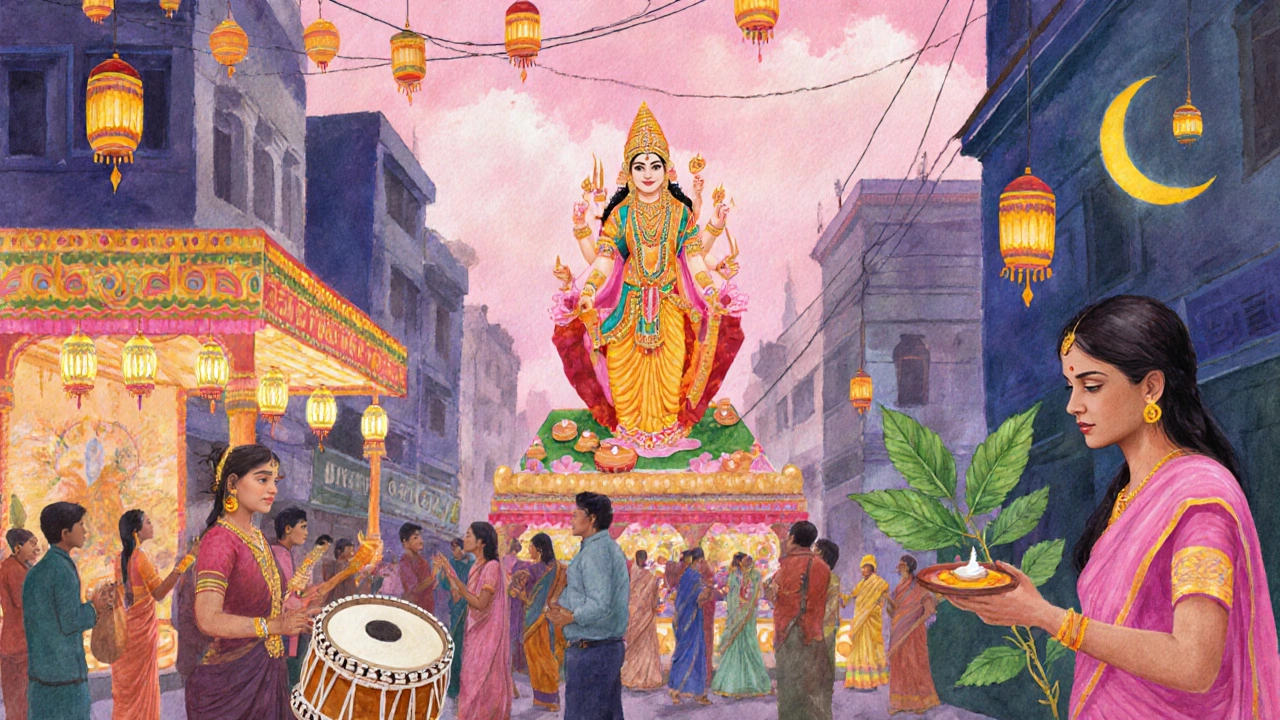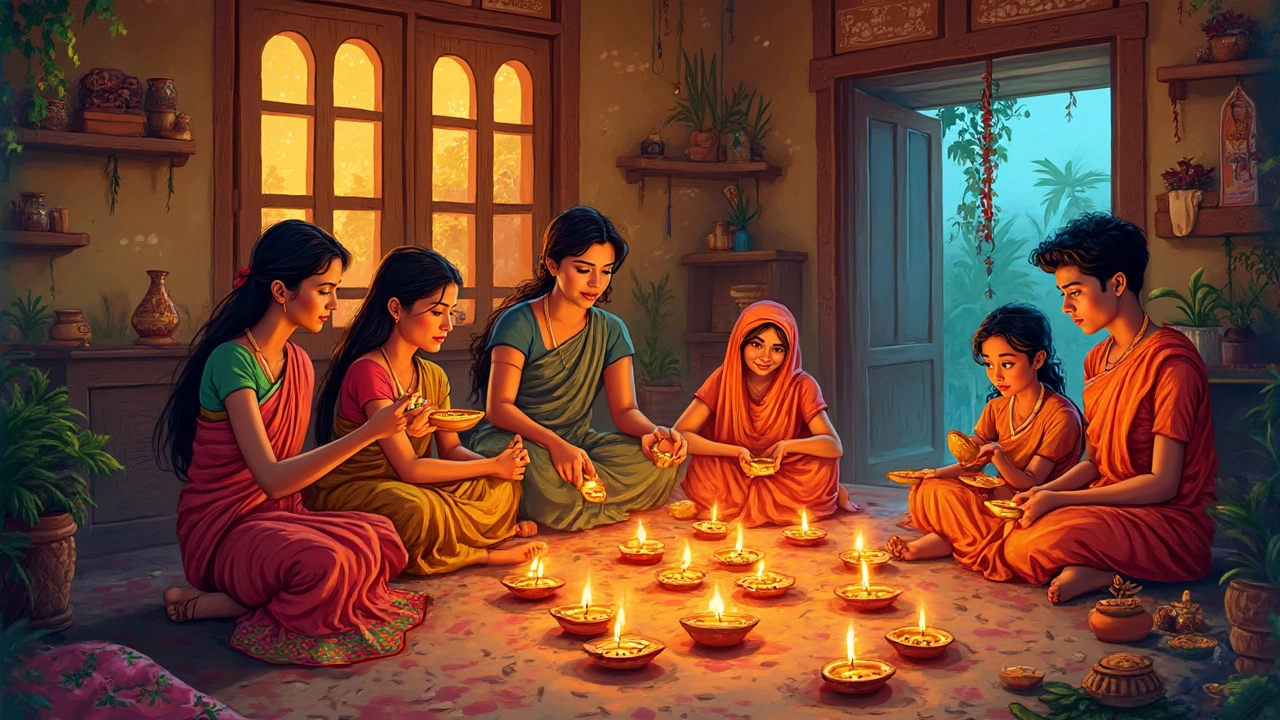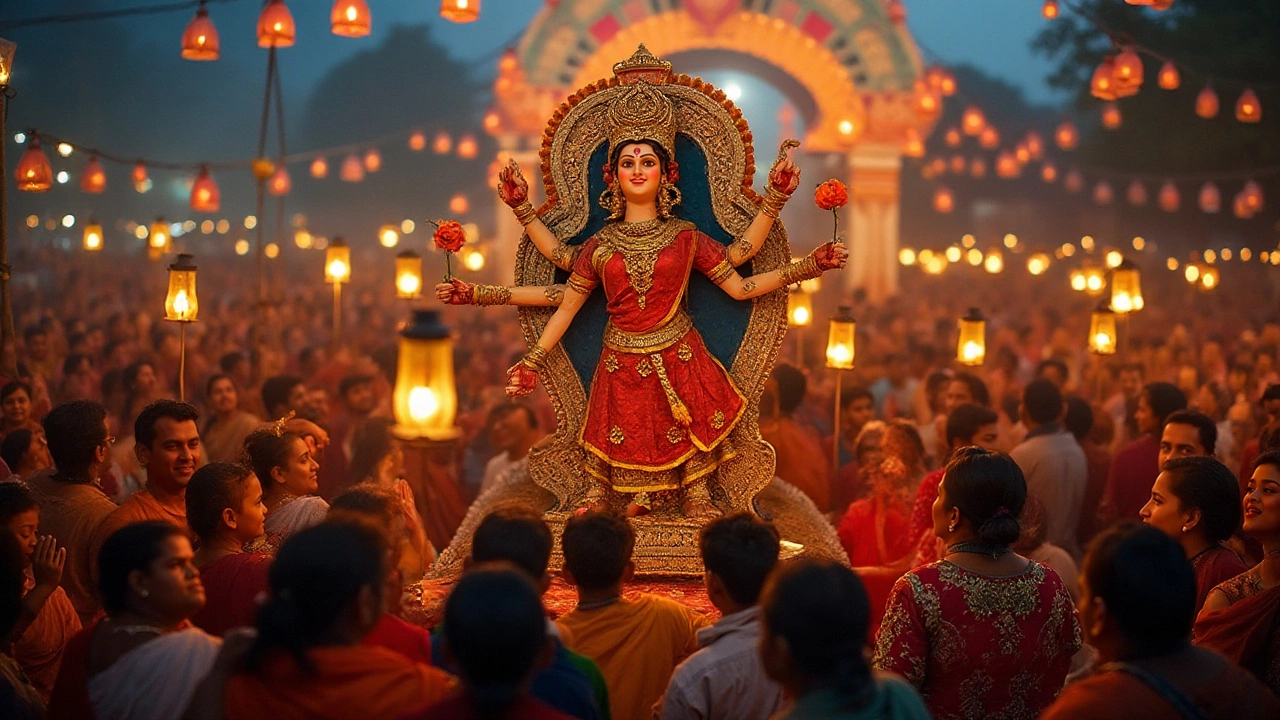
Bengali Festivals: What Do Bengali People Celebrate?
Discover the key Bengali festivals-Durga Puja, Poila Boishakh, Saraswati Puja, and more-plus dates, customs, foods, and tips for visitors.
When you think of Bengali festivals, a vibrant blend of religious devotion, artistic expression, and community bonding unique to Bengal and its diaspora. Also known as Bengal celebrations, these events aren’t just holidays—they’re the heartbeat of daily life in West Bengal, Bangladesh, and Tamil Nadu’s Bengali communities. Unlike generic national holidays, Bengali festivals are tied to lunar calendars, local myths, and seasonal shifts. They turn streets into stages, homes into altars, and silence into song.
At the center of it all is Durga Puja, the 10-day festival honoring the goddess Durga’s victory over evil, celebrated with massive pandals, clay idols, and cultural performances. Also known as Sharadiya Durga Puja, it’s more than worship—it’s art, commerce, and social glue rolled into one. Then there’s Kali Puja, a fierce, midnight ritual dedicated to the goddess Kali, where offerings of red hibiscus and animal sacrifices echo ancient tantric traditions. Also known as Shyama Puja, it’s the darker, more intense cousin to Durga Puja, often celebrated on the same night as Diwali in other parts of India. And let’s not forget Saraswati Puja, a quiet, book-filled morning where students and artists honor the goddess of knowledge, placing pens and instruments at her feet. Also known as Vasant Panchami in Bengal, it’s when classrooms turn into shrines and children wear yellow. These aren’t isolated events—they’re layered, overlapping, and deeply personal. A family might spend weeks preparing for Durga Puja, then light lamps for Kali Puja just weeks later, and then clean their desks for Saraswati Puja before spring even arrives.
What makes Bengali festivals stand out isn’t just their scale—it’s how they blend the sacred with the everyday. Music, dance, food, and fashion all play roles that go beyond ritual. You’ll hear the drumbeats of dhak echoing through neighborhoods, taste sweets like sandesh and rosogolla made in every home, and see women in white saris with red borders walking to pandals like they’re going to work. These festivals don’t just mark time—they define it. And if you’ve ever wondered why Bengalis talk about these events like they’re family reunions, now you know. Below, you’ll find real stories, deep dives, and surprising facts about how these festivals live beyond the calendar—through music, migration, and memory.

Discover the key Bengali festivals-Durga Puja, Poila Boishakh, Saraswati Puja, and more-plus dates, customs, foods, and tips for visitors.

Durga Puja stands out as the most important festival in Bengali culture, celebrated with immense enthusiasm and devotion. It marks the victory of the goddess Durga over the buffalo demon Mahishasura, symbolizing the triumph of good over evil. The festivities include vibrant decorations, cultural events, and community gatherings, creating an atmosphere of joy and unity. This article dives into what makes Durga Puja so special and offers tips on how to experience it fully. From traditional rituals to modern celebrations, explore the essence of Bengal's most cherished festival.

Diwali, deeply rooted in Hindu culture, extends festivities beyond geographical borders. This article explores whether Diwali holds unique significance for Bengalis, delving into how it's celebrated in West Bengal. Though not traditionally Bengali, Diwali lights up Bengali homes with zeal. Discover the blend of cultural flavors and how Bengalis add their own touch to this festival of lights.

Bengali culture is vibrant and colorful, celebrated through a myriad of festivals that occur throughout the year. Known for its diversity, Bengal showcases traditions ranging from the grand Durga Puja to the poetic Saraswati Puja. In this article, explore the multitude of Bengali festivals celebrated both in India and by Bengali communities worldwide. Dive into the cultural significance and unique customs associated with these festivals, and learn how they continue to thrive in modern times.